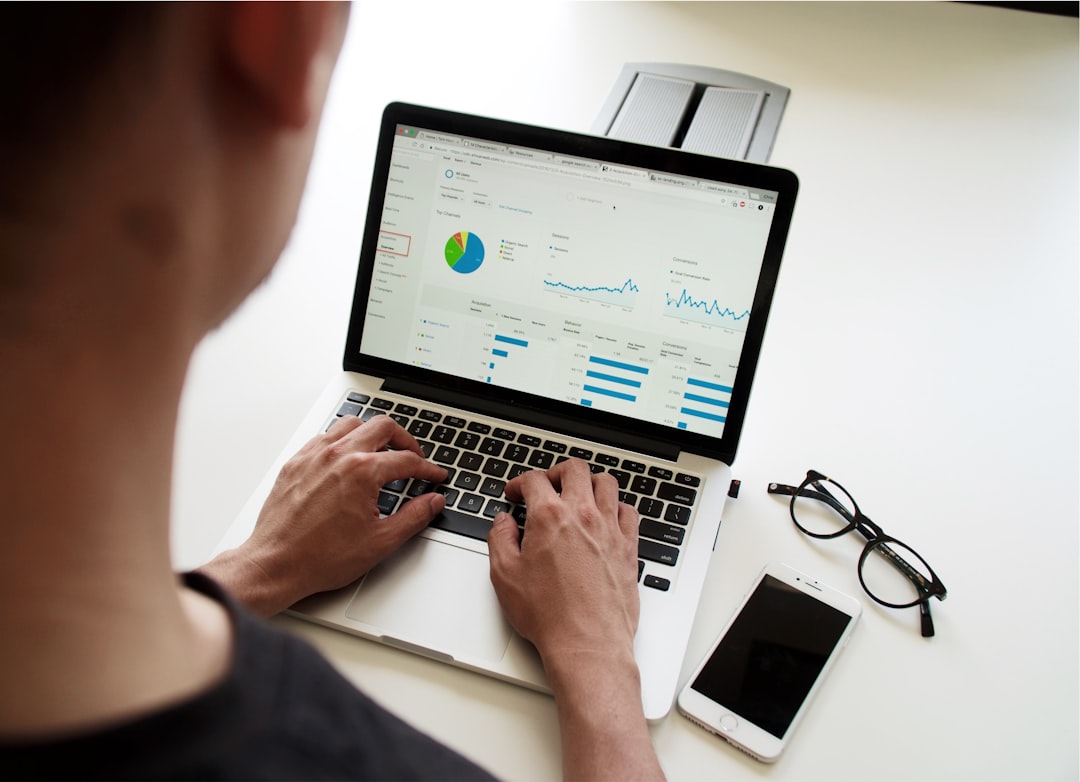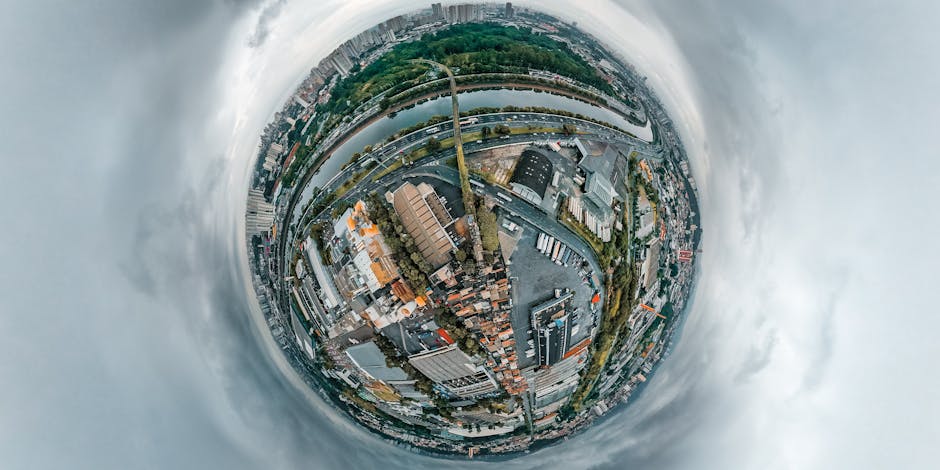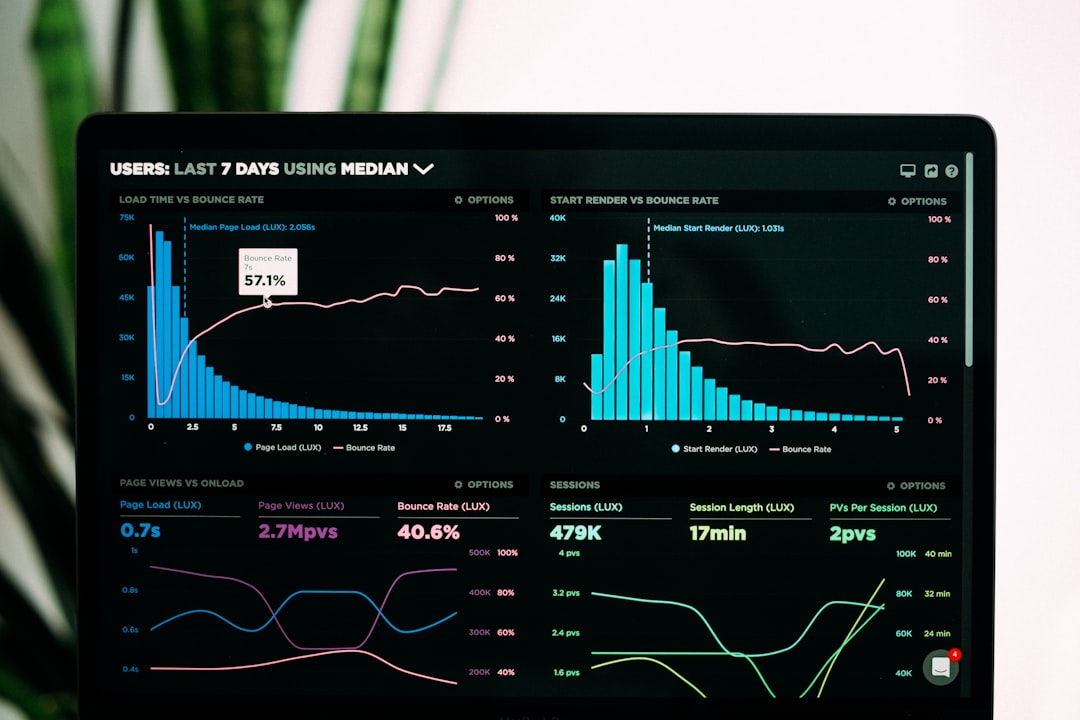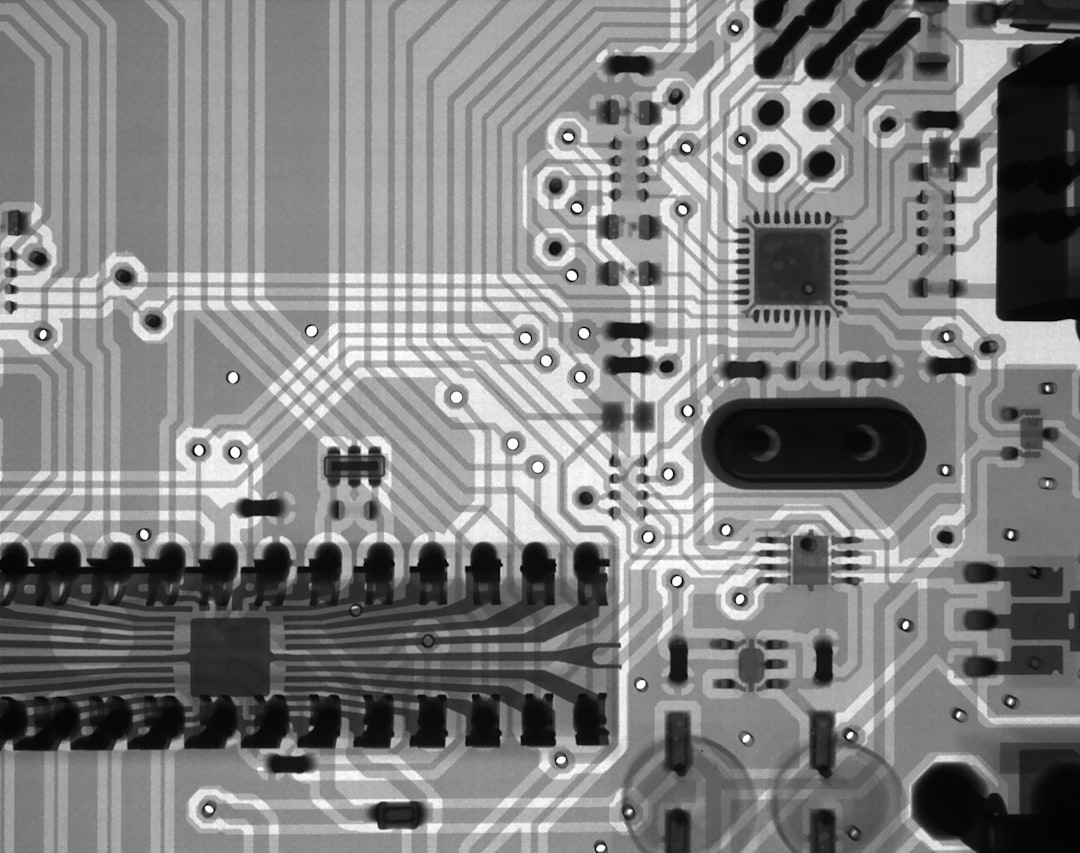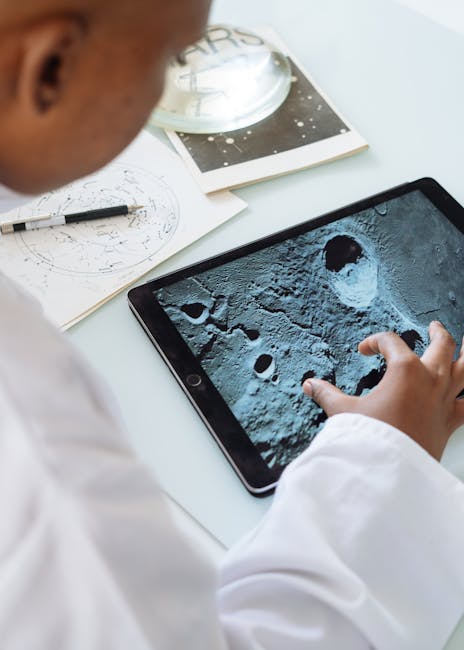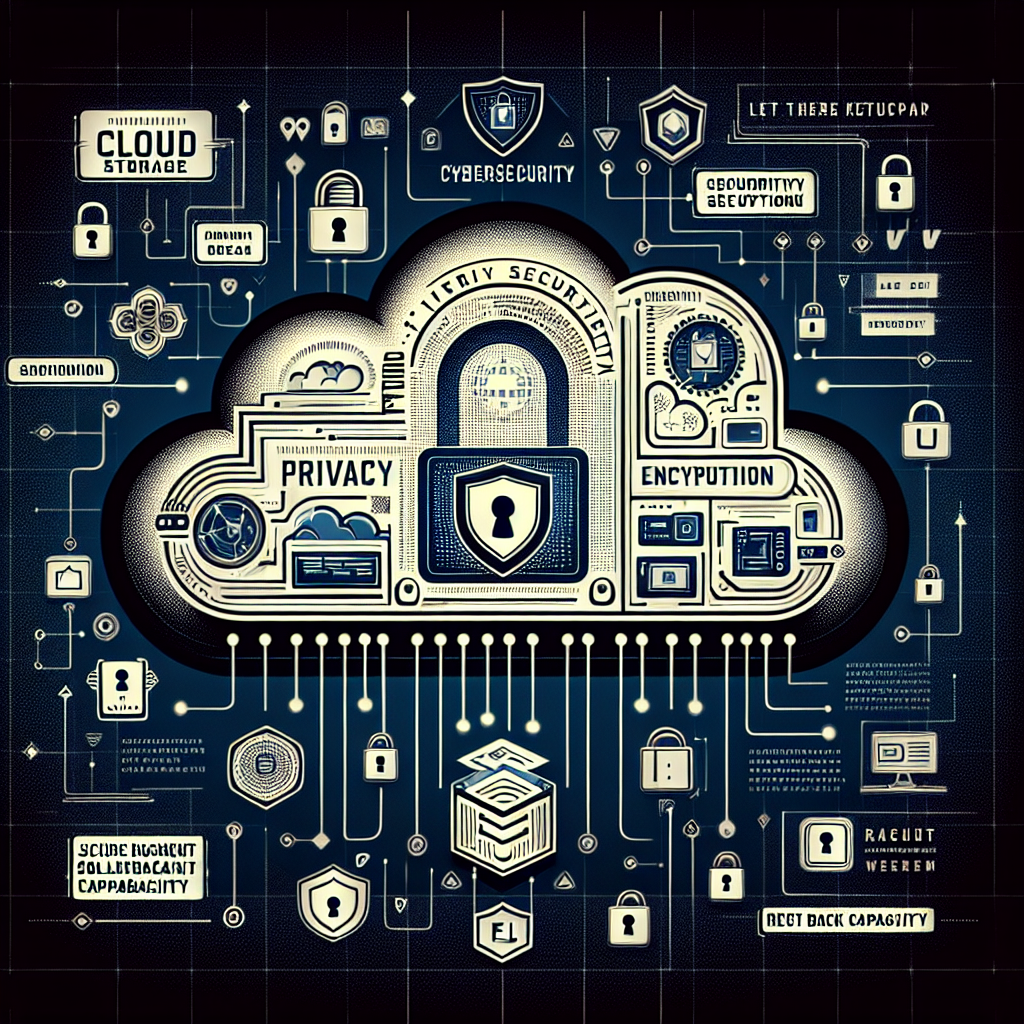Unlock encrypted content
Please enter your SSCE key to initiate on-the-fly decryption.
Decryption key: (Click cancel if you don't have the key)
Copied link to clipboard.
This feature is unavailable for free accounts. Upgrade now and enjoy all Premium benefits.
Go Premium!
This feature is unavailable for free accounts. Upgrade now and enjoy all Premium benefits.
Go Premium!
Please open this page in browser ( Google Chrome or Safari ) to use this feature.
Open In Browser
Data Analytics: Empowering Autonomous Drones, Space Exploration, and More
Random related video for this blog.
Copied share link to clipboard.
The uprising of AI and the availability of robust uploading tools have paved the way for cutting-edge technologies and innovative solutions. In this article, we will explore how data analytics is transforming the landscape of drone technology, space exploration, and other fields, and the role of the Internet of Everything (IoE) in these developments.
Data Analytics and Autonomous Drones
Autonomous drones have become increasingly popular due to their ability to perform tasks without human intervention. Data analytics plays a crucial role in enhancing the capabilities of these drones. By analyzing vast amounts of data collected during flights, drones can make informed decisions, optimize their performance, and improve safety. For example, in agriculture, drones equipped with advanced sensors and cameras can collect data on crop health, soil moisture levels, and pest infestations. This data can then be analyzed using data analytics techniques to provide farmers with valuable insights. By identifying areas that require attention, farmers can optimize their use of resources, increase crop yields, and reduce environmental impact. Similarly, in the delivery industry, companies like Amazon are exploring the use of autonomous drones for package delivery. Data analytics can help optimize delivery routes, predict demand patterns, and improve overall efficiency. By analyzing data on customer locations, traffic conditions, and weather patterns, drones can choose the most efficient routes, saving time and reducing fuel consumption.Data Analytics and Space Exploration
Space exploration is another field benefiting from data analytics. As space agencies and private companies venture further into the cosmos, data analytics plays a critical role in analyzing vast amounts of data collected from satellites, rovers, and telescopes. For instance, NASA's Mars rovers, such as Curiosity and Perseverance, collect a wealth of data about the Martian surface. Data analytics techniques help scientists analyze this data to gain insights into the planet's geology,climate, and potential for supporting life. By understanding the data, scientists can make informed decisions about future missions and refine our understanding of the Red Planet. Data analytics also assists in the search for exoplanets. With the help of telescopes like the Kepler Space Observatory, scientists have discovered thousands of planets outside our solar system. Analyzing the data collected by these telescopes allows researchers to identify potential habitable planets and expand our understanding of the universe.
Data Analytics and Virtual Reality
Virtual reality (VR) has become increasingly popular in various domains, including gaming, education, and healthcare. Data analytics is fundamental to enhancing the immersive experience and optimizing the performance of VR systems. By analyzing user interaction data, such as head movements and hand gestures, data analytics algorithms can adapt the VR environment in real-time, providing a more personalized and immersive experience. Additionally, data analytics can help optimize the rendering process, ensuring smooth frame rates and reducing motion sickness. In healthcare, VR is being used for pain management, rehabilitation, and mental health treatments. Data analytics enables healthcare professionals to monitor patients' progress, track their responses to VR interventions, and adjust treatment plans accordingly. By analyzing data on patient outcomes, researchers can also gain insights into the efficacy of VR-based therapies.Data Analytics and Computer Vision
Computer vision, a subfield of AI, focuses on enabling computers to understand and interpret visual information. Data analytics plays a crucial role in training computer vision models and improving their accuracy and performance. For example, computer vision is being used in autonomous vehicles to interpret road scenes and make driving decisions. Data analytics techniques help train these models by analyzing vast amounts of labeled data, enabling the vehicles to recognize objects, pedestrians, and traffic signs accurately. By continuously analyzing real-time data, these models can adapt to changing road conditions and improve their decision-making capabilities. Computer vision is also transforming industries like retail and manufacturing. By analyzing video feeds from surveillance cameras or assembly lines, data analytics algorithms can detect anomalies, identify potential safety hazards, or monitor product quality. This allows businesses to improve operational efficiency, enhance customer experiences, and ensure compliance with safety regulations. Conclusion: Data analytics has become a driving force behind the advancements in autonomous drones, space exploration, virtual reality, computer vision, and AI. By harnessing the power of data, these technologies are transforming industries and opening up new possibilities. From optimizing drone performance to exploring distant planets, data analytics enables us to make informed decisions and push the boundaries of innovation. Frequently Asked Questions (FAQs): Question: How does data analytics enhance the performance of autonomous drones? Answer: Data analytics enables drones to analyze collected data and make informed decisions, optimizing performance and improving safety. Question: What role does data analytics play in space exploration? Answer: Data analytics helps analyze data collected from satellites, rovers, and telescopes, providing valuable insights about celestial bodies and refining our understanding of the universe. Question: How does data analytics enhance the virtual reality experience? Answer: By analyzing user interaction data, data analytics algorithms adapt the VR environment in real-time, providing a more immersive and personalized experience. Question: How does data analytics improve computer vision applications? Answer: Data analytics helps train computer vision models by analyzing labeled data, improving accuracy and performance in various applications, such as autonomous vehicles and surveillance systems. Get the most out of data analytics with FileLu's cloud storage solutions. Whether you need to upload large files, share videos, or backup important data, FileLu offers secure and efficient file transfer services. With premium plans ranging from 256 GB to 500 TB, starting as low as $2.50 per month, and free plans from 10 GB to 250 GB, FileLu has a solution for every need. Visit FileLu today to experience seamless file management and collaboration.By Amelia Isabella
Email: [email protected]
Related
Intuitive File Collaboration Interfaces: Enhancing Document Sharing and Data Accessibility...
June 14, 2023
Read More
Aerial Photography FileDrop: Enhancing Data Transfer and Storage with FileLu...
July 17, 2023
Read More
Aerial Photography: Exploring the Future of File Management and Collaboration
August 3, 2023
Read More
Aerial Photography: Exploring the Possibilities of File Archiving and 3D...
August 3, 2023
Read More
Popular
The Future of Technology: Automation, Cybersecurity, and Collaborative Innovations in...
April 20, 2025
Read More
Innovative File Collaboration and Secure Cloud Storage Solutions for Modern...
April 27, 2025
Read More
Effective Project Management Software for Remote Work: Ensuring Data Security...
May 11, 2025
Read More
Latest
Effective Project Management Software for Remote Work: Ensuring Data Security...
May 11, 2025
Read More
Innovative File Collaboration and Secure Cloud Storage Solutions for Modern...
April 27, 2025
Read More
The Future of Technology: Automation, Cybersecurity, and Collaborative Innovations in...
April 20, 2025
Read More
The Future of Technology: Exploring AI, Biotechnology, and Revolutionary Data...
April 9, 2025
Read More
The Future of Data Management: Exploring Cloud Storage, Voice Assistants,...
April 6, 2025
Read More
The Future of Technology: Exploring Emerging Innovations and Their Impact...
March 30, 2025
Read More
The Future of File Management: Exploring User-Friendly Technologies and Their...
March 26, 2025
Read More

